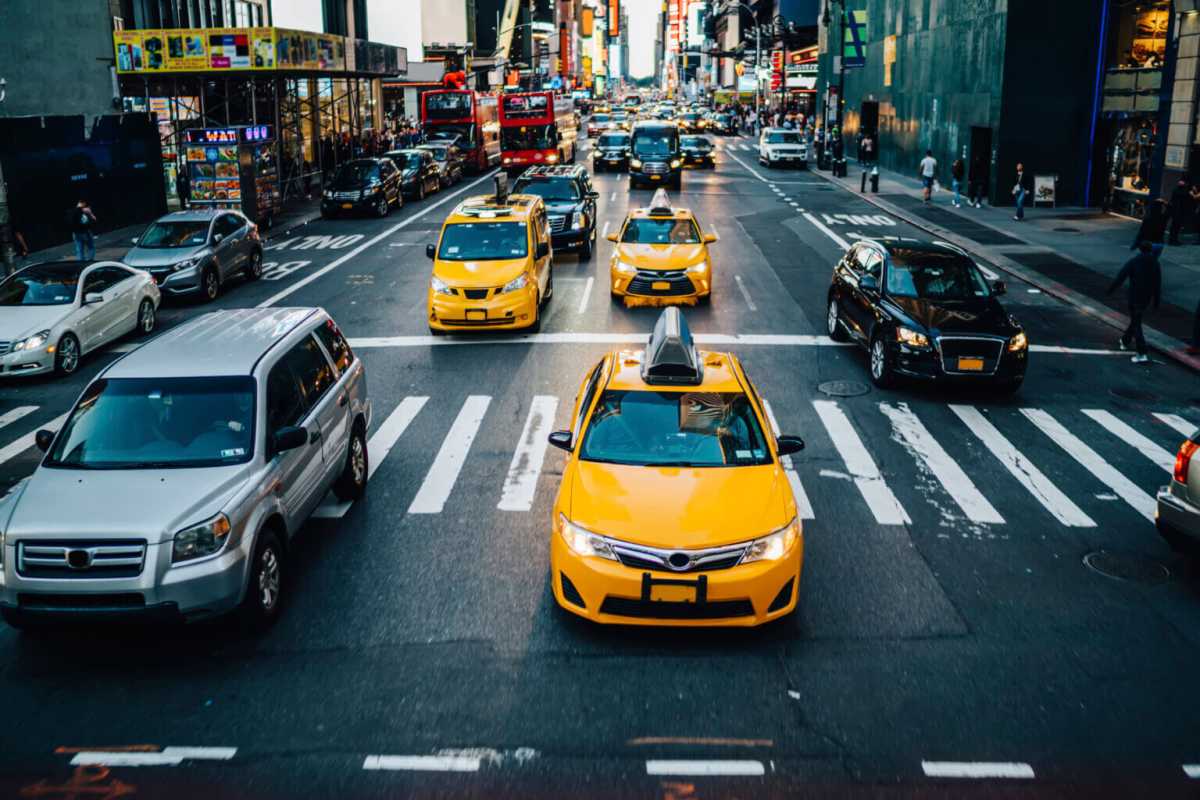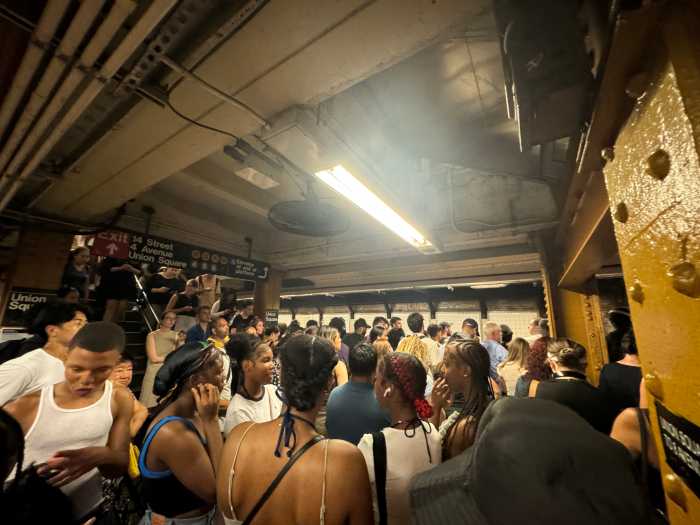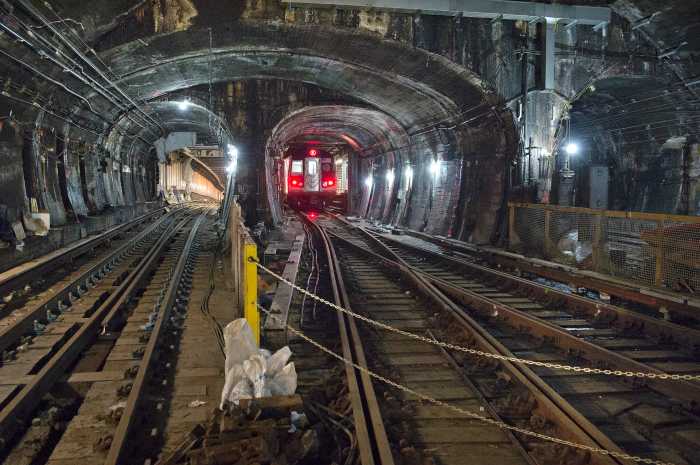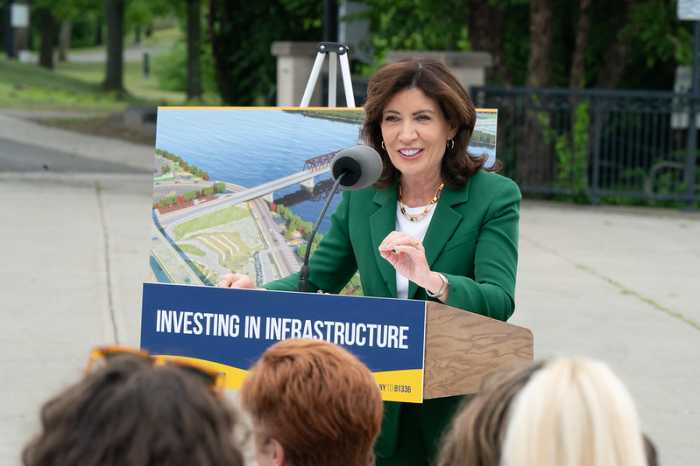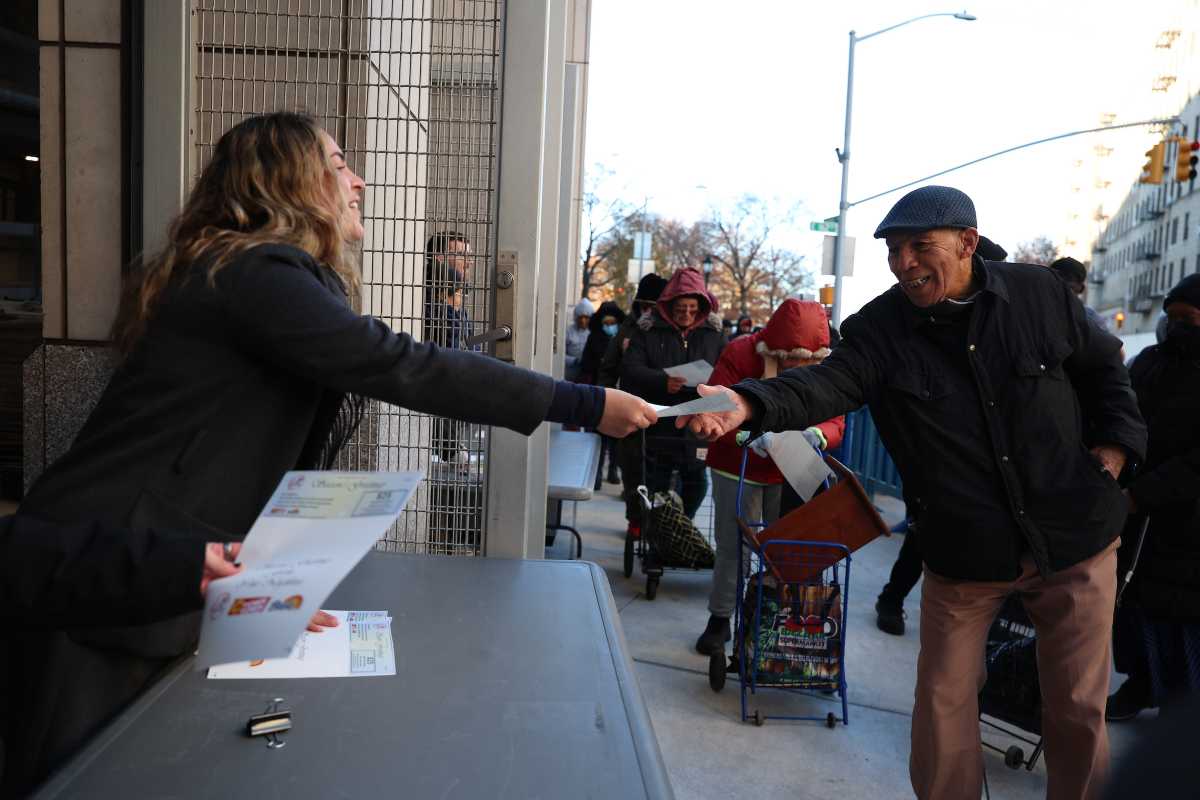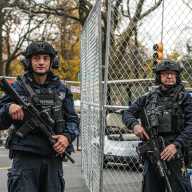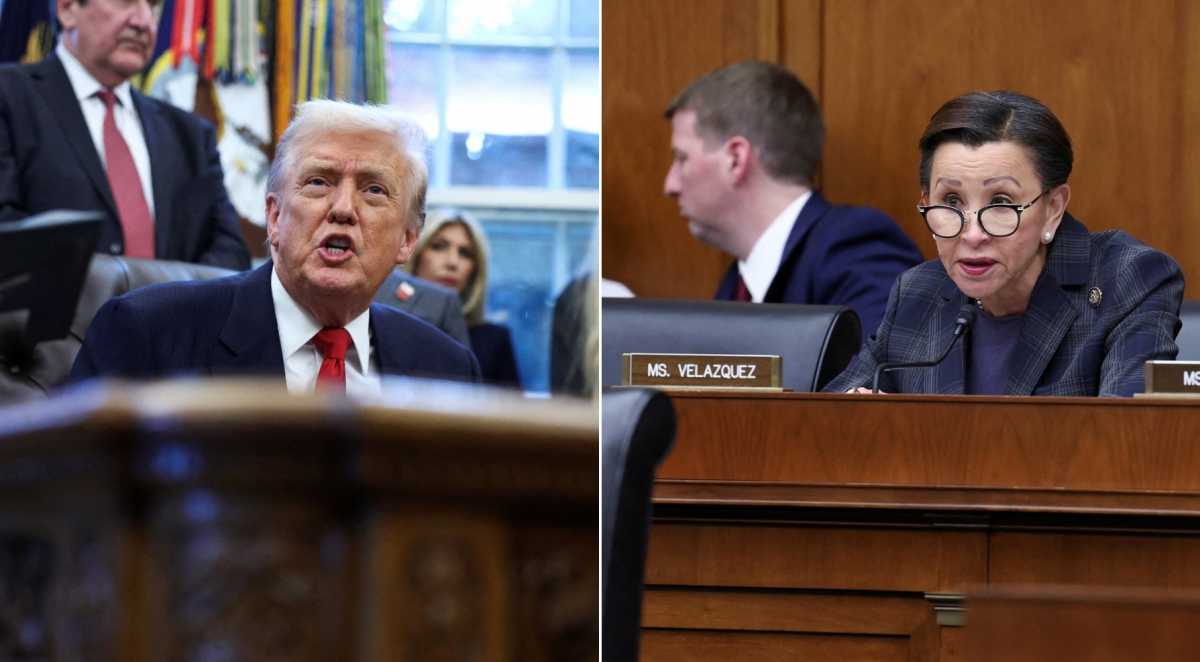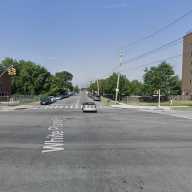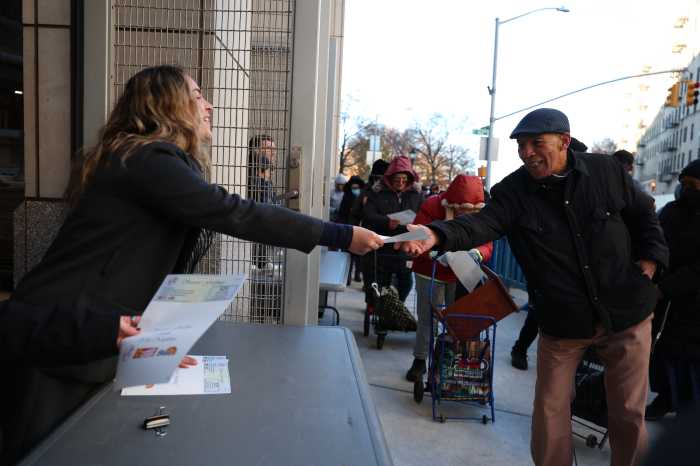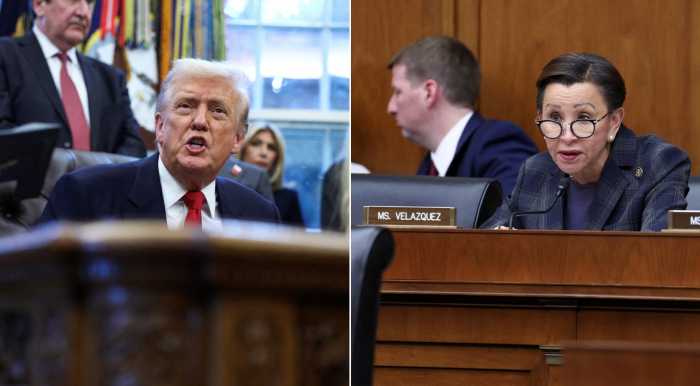Smart public transportation policy often runs counter to prevailing public opinion.
That’s especially true when public opinion is being shaped by misinformation and fear of change — which is exactly what fueled the arguments that led to the recent decision to pause congestion pricing in New York.
This choice delays essential mass transit improvements and threatens $15 billion in potential funding earmarked for projects such as improving wheelchair access at subway stations and purchasing 250 new electric buses to help reduce pollution.
The only shred of good news is we still have an opportunity to make sure this choice is not permanent. We need to move forward with congestion pricing to improve life in our city, revitalize our public transportation system, and curb the effects of climate change.
Those charged with deciding the future of congestion pricing can look at New York’s history—a history littered with examples of transportation policies that initially faced fierce opposition, only to later become essential city infrastructure.
In the mid-1840s, a group of wealthy businessmen led by department store magnate A.T. Stewart fought bitterly against plans to establish the city’s subways.
Stewart warned any mass transit system along Broadway would dramatically devalue their properties. An ‘underground railroad’ threatened to destroy their businesses by reducing pedestrian traffic on Broadway.
Those powerful voices made an impact — delaying the subway concept for decades. While London’s subway system launched in 1863, New York’s didn’t become a reality until 1904.
Of course, the subway and commuter rail systems make the New York we know and love possible today.
Similarly, congestion pricing would ignite a string of tangible and sustainable benefits for all New Yorkers. Experts estimate there will be a 15% to 20% reduction in vehicle traffic in Manhattan — enhancing quality of life by reducing pollution and making streets more pedestrian-friendly while generating much-needed funding for public transit improvements.
And since public opinion is clearly a factor in decisions about how and when to implement congestion pricing, it’s important to look at some common myths circulated by detractors — and key facts that debunk these myths.
MYTH #1: Congestion pricing won’t work in New York City
FACT: It’s already working. Phase 1 of congestion pricing went into effect in 2018 in the form of a for-hire vehicle surcharge on trips south of 96th Street in Manhattan. This fund was designed to support transportation projects outside Manhattan. The initial $300 million raised was allocated to subway maintenance. Subsequent funds totaling $50 million were earmarked for projects like toll rebates for Staten Island and Bronx residents, discounted Long Island Rail Road and Metro-North tickets, and additional bus service.
To understand the benefits of more robust congestion pricing, one need only look at cities such as London, Singapore, and Stockholm —where the approach has reduced traffic congestion, improved air quality, and generated revenue for public transportation. London’s system reduced vehicles entering the zone by 18% in its first year, while Singapore’s flexible, evolving scheme has maintained smooth traffic flow since the 1970s. Stockholm’s system saw a 22% traffic reduction in its first year and has since funded significant public transit improvements.
MYTH #2: Congestion pricing will hurt low-income commuters.
FACT: Most lower-income New Yorkers travel into the Central Business District via bus and subway and depend on a safe, well-functioning mass transit system to get to work on time. Meanwhile, most commuters traveling into Manhattan’s Central Business District by car earn more than the average transit commuter, according to the U.S. Census American Community Survey 2022 5-Year Estimates. In many districts, especially those farther from the central business district, drivers’ median incomes are higher than those of transit users by $10,000-$20,000 annually.
MYTH #3: Congestion pricing will harm businesses transporting goods in and out of Manhattan.
FACT: Successful businesses adapt. After all, the subway system certainly didn’t doom Broadway as the millionaires of the 1840s had warned.
Digging deeper into the weeds, the congestion pricing toll structure is variable, meaning that while drivers will have to pay more during the day when congestion is at its peak, overnight tolling rates are significantly discounted. Large trucks and tour buses will be $36 during the day but only $9 at night. Smaller trucks and vehicles will pay even less.
Additionally, since most daily commuters take transit to the Central Business District, only 1.5% of total daily commuters in New York and New Jersey are expected to pay the fees. As a result, any economic costs will likely be offset by improvements to the business environment, including ease of movement for those who need to drive.
MYTH #4: Congestion pricing will only benefit Manhattan.
FACT: Congestion pricing is a city-wide initiative designed to improve regional connectivity far beyond the streets of Manhattan. By discouraging unnecessary driving trips into Manhattan, congestion pricing will reduce overall traffic volume in the region. This can create a ripple effect of less traffic on major routes leading into the city, benefiting commuters and residents in outer boroughs and surrounding areas. Further, the funds generated from congestion pricing will be reinvested into public transportation infrastructure across the five boroughs and on the MTA’s two commuter rail systems that serve suburban commuters on Long Island and in the Hudson Valley.
MYTH #5: Congestion pricing will drive crowds away from attending live events.
FACT: While theater and other performing arts are clearly struggling in the wake of COVID-19, congestion pricing is more likely to help bring more patrons into the city through improved public transit — and with fewer cars on the road, those who choose to drive in will face shorter and easier trips when they’re splurging on a night out on the town.
For those who do drive, the rising cost of parking is more likely to be a deterrent, with average costs in Midtown between $40-$50 for the duration of a show.
MYTH #6: This is simply a “cash grab” by the MTA.
FACT: All collected fees must be reinvested in transit improvements, ensuring that these funds directly benefit public transportation enhancements. It’s the law. The MTA plans to use the $15 billion from congestion pricing primarily for essential infrastructure upgrades that are critical for maintaining the system’s reliability.
Change will always be greeted by skepticism. Yet, much like the subway system proved to be an essential catalyst for New York City’s growth and prosperity, congestion pricing will enhance the quality of life and the health of all New Yorkers.
And make a walk down Broadway all the more enjoyable.
Renae Reynolds is the executive director of the Tri-State Transportation Campaign.
Arturo Garcia-Costas is a senior program officer, local, national, and international environment at The New York Community Trust.
Read More: https://www.amny.com/oped/



